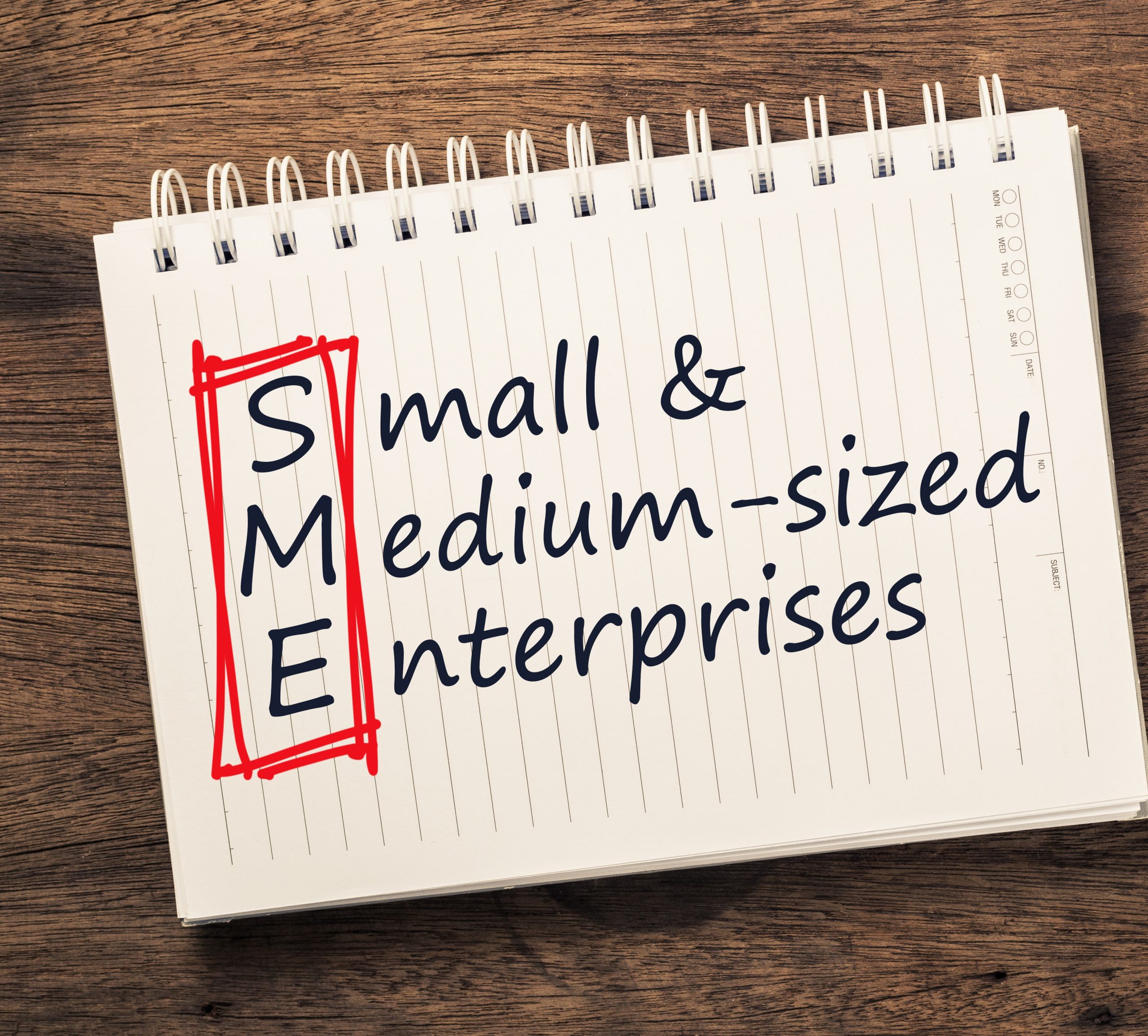
How to prove you are an SME
Horizon Europe, the EU’s innovation programme from 2021 to 2027, was established by the European Innovation Council (EIC) with a €10 billion budget. The EIC supports companies (mainly start-ups and SMEs) with grants and equity for groundbreaking innovations at different stages: EIC Pathfinder (research), EIC Transition (validation and development) and EIC Accelerator (development and scale-up).
If your organisation was awarded an EIC project or has an ongoing project, you must prove your SME status. Let’s go through the SME definition and other practical aspects to help you clarify the SME validation process.
What is an SME?
An SME (micro, small or medium-sized enterprise) is defined by the Commission in 2003/361/EC. We sum it up for you.
First step, two criteria are taken into consideration to qualify as SME:
- the main and mandatory one is staff headcount: SMEs must employ fewer than 250 persons,
- the second criterion is the overall wealth of a business taking into account the turnover criterion and the balance sheet total. At least one of these two must be respected in order to qualify: having either an annual turnover not exceeding €50 million or an annual balance sheet total not exceeding €43 million.
Second step, the EC will look at secondary criteria to validate your SME status such as:
- Ownership: who are the stakeholders (natural persons or other companies)?
- Partnerships: does your company hold shares in other enterprises without being linked?
- Other linkages: is your company part of a group or owns a subsidiary?
TIP: Did you know that costs from affiliated/linked companies can be charged to your project? See how here.
Demonstrate your SME status
You must demonstrate SME status to ensure you qualify for EU funding. This takes two forms:
- SME self-assessment in one of the following (non-exhaustive) cases:
- To submit the proposal, you make a self-assessment.
- To start the project, your SME status must be confirmed (for H2020 and Horizon Europe EIC Grants).
- During the project, your SME self-assessment should be updated every two years.
- During the project, any change in company structure should be notified for SME status re-assessment.
For SME self-assessment, you should have at hand the number of declared employees, turnover and balance sheet. The same information will be asked of all shareholders holding more than 25% of your company’s shares.
- SME check in one of following (non-exhaustive) cases:
- To start your Horizon Europe project with blended finance or Grant first, you might need to undergo an SME check.
- At any time, the EC can organize control campaigns and double-check if your status is still valid.
For the SME check, in addition to a staff headcount declaration and your approved financial statements for the last closed financial year, you will have to provide ownership structure (CAP table, commercial registry extracts, articles of association, incorporation documents, memorandum of association, shareholder agreement), bylaws, documents proving your upstream and downstream organisations, registration certificate, business plan and/or investment agreements. Be aware that every shareholder organization with more than 25% of shares, the same documents can be required.
TIP: You can provide documents in any official EU language, although providing free translation in English will speed up the process.
Still have doubts on how to calculate staff headcount or validate your SME status? Let us help you: hello@getpolite.eu